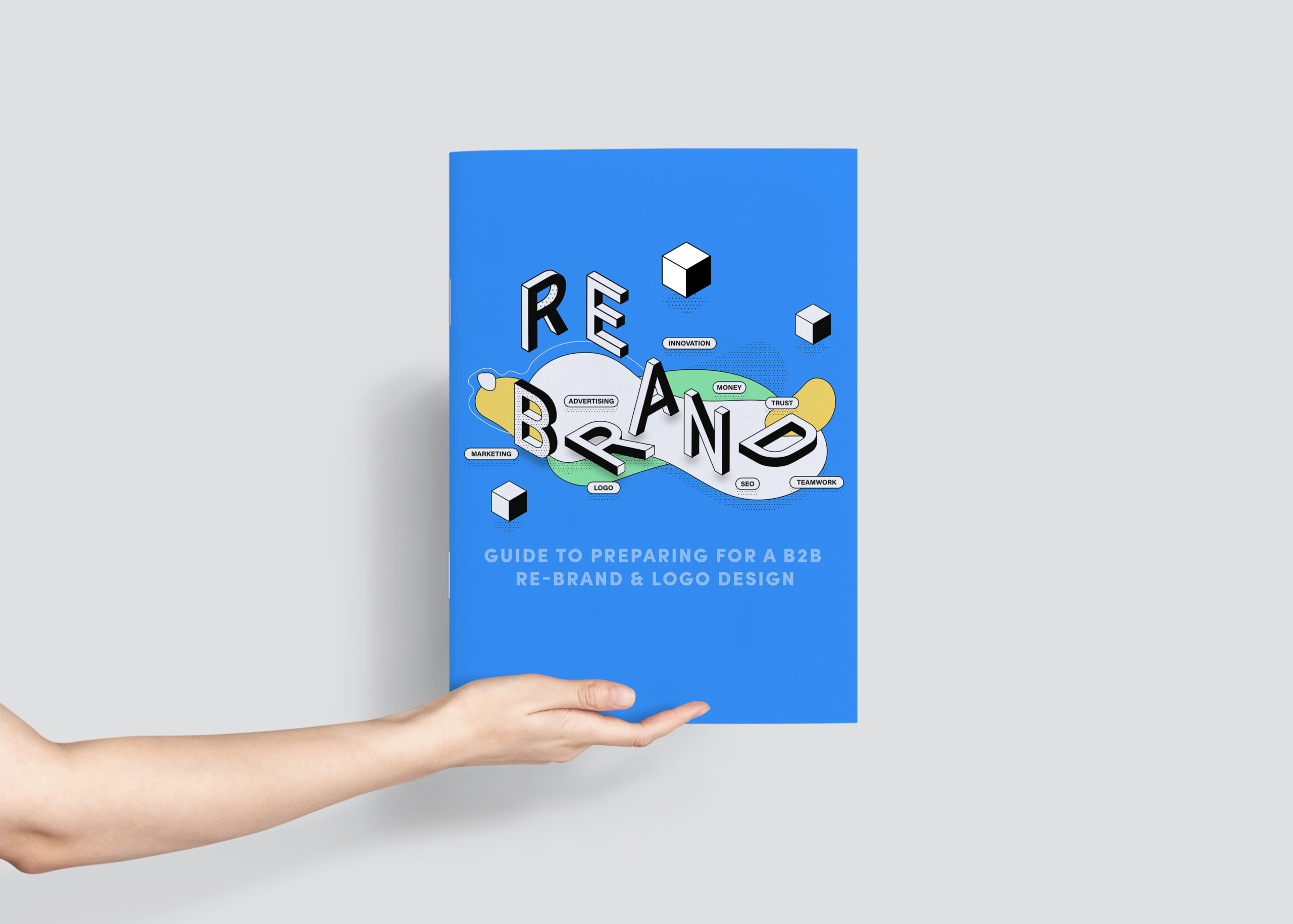To stand out from the competition in a crowded global marketplace, building a strong brand is crucial for success in the B2B realm. Whether you’re a seasoned marketer or just starting out, this guide is your ultimate companion to navigate the intricacies of B2B branding. From establishing brand identity to designing a logo, creating memorable experiences, and driving customer loyalty, our expert insights and practical tips will empower you to uncover the full potential of your B2B brand.
Why a Brand Matters
Though your company might not have a dedicated brand strategist, the fact that you have a business and provide a product or service means you are a brand that will be perceived a certain way by your target market. It’s essential to take the reins and control this perception as much as you can.
To manage your brand, you must start with a solid brand foundation, which serves several key purposes for your organization:
- Communicates to clients that your business understands their needs’
- Explains to clients why your business stands out from the competition
- Helps clients remember your business’ unique traits
- Informs employees about exactly what your company stands for, guiding their daily business decision-making
What Makes a B2B Brand?
Your brand is more than just your logo or your tagline. It’s about the internal and external environment of your business – and how you choose to communicate within it. Everything your business does and says reflects on your brand, so it’s important to maximize its potential. We break these components into two categories: tangible assets and intangible assets.
TANGIBLE ASSETS
Logo & Tagline
A well-crafted logo and tagline starts the baseline perception of your brand. It drives home your brand promise and uniqueness. What’s important to remember is it is not the be-all-end-all for a brand – it’s simply an anchor for the ship.
Name & Trademark
Trademarking your name, logo and key visual assets are critical to solidify and protect your brand identity. While many businesses will work to trademark their name and logo, it’s important to think of other key assets such as unique products, services and other valuable assets so your entire business is safeguarded.
Messaging
While undergoing a re-brand, you should be revisiting mission and vision statements. Ask yourself if tone, verbiage, and audience are still appropriately addressed in the current messaging. This messaging should trickle down into everything your business uses to communicate with clients, from brochures to daily emails.
Website
Today, a well-designed B2B website is worth its weight in gold. Data shows that if your website is outdated or unprofessional, it’s an indication to visitors that your company doesn’t care. Consider what your website says about your brand by visiting it with your ideal client in mind. Or better yet, visit with a specific goal in mind to gauge user experience.
Collateral
From business cards to brochures, your marketing and sales collateral reflect your brand. Key visual components, such as color, typography, style of photography, and logos should always be consistent. This means, for example, no logos stretched across a presentation slide or changing the color palette. Branding is all about repetition – the more consistent your brand is represented, the more likely it will be “branded” in the minds of the audience.
Office Design
Building a professional, branded setting for your employees doesn’t just boost morale, it communicates to prospective clients that you’re a credible firm to do business with. Even as a one-person consulting business, branding a home office or renting a small office space sends a positive message.
INTANGIBLE ASSETS
Company Culture
The company culture you build will be the culture your clients perceive. Create a culture that resonates with employees and clients alike, showcasing expertise and demonstrating value through daily appreciations, success stories, and environment.
Industry Expectations
Acknowledge industry parameters while emphasizing what sets you apart. For example, financial firms can prioritize customer service and unique offerings alongside compliance.
Industry Expectations
Acknowledge industry parameters while emphasizing what sets you apart. For example, financial firms can prioritize customer service and unique offerings alongside compliance.
Customer Service
Often overlooked but crucial, exceptional customer service is the frontline representation of your brand. Neglecting it risks damaging your brand position.
Customer Experience
Consistency throughout every touchpoint, from discovery to post-purchase, ensures a positive customer experience. Effective communication is vital during any brand changes or transitions.
Employee Training
Equip employees with professional skills and brand education. After all, they represent your brand with every interaction. Empower them to handle client needs and reflect your brand values, both in and out of the office.
Maintaining Your Brand: Three Golden Rules
Once you have your intangible and tangible assets established, we have three golden rules to maintaining your brand integrity
1 Clarity
Cultivate a clear and concise message about what your brand stands for, its internal values and attitude, and how you are different from your competitors. Develop a brand guide that outlines every detail of your branding elements (visual, tonal and identity) and share with all employees.
2 Unity
Make sure that each department in your business is educated about the importance of a unified brand strategy and that every department understands how their piece fits into the whole of your company’s brand identity.
3 Consistency
Check in regularly with each department to ensure that the elements of your brand are being implemented on a consistent basis across all platforms. A slip in one area can create confusion among clients and can chip away at your unified brand message.
Threats to a Brand: What to Watch For
Even with everything in alignment, there are daily threats that can quickly dilute your brand promise. These threats range from uncontrolled sources, such as new competition, to controlled sources like new internal strategies and tactics. Here are some to look out for.
SEO
Today’s intense focus on keywords and Google algorithm updates results in brands rewording their messaging irregularly, without evaluation of their current brand promise and long-term goals. When making keyword updates to your copy, make sure you’re not diluting overall branding instead of supporting. Have a clear idea of your brand foundation and implement an SEO strategy that helps the bots but doesn’t confuse customers.
Lack of Internal Buy-In
We recommend keeping project decision makers down to a group of five or fewer key individuals, which will invariably leave others out. Revealing a new brand image to an already established company can have its difficulties. It’s recommended to start communication early in the process, reminding employees that the changes will improve the business.
Unfavorable Reviews
Handling negative public feedback is difficult. Nevertheless, reviews must be addressed in a manner that aligns with your brand messaging. Brand training should teach every employee how to handle negative feedback.
Negative Press
A much-feared threat to a brand, a negative article in the media can potentially damage your business. Proper public relations can handle the outside influencers, while internal training can help staff communicate and address the concerns of current clients.
Poor Customer Service
Negative customer experiences can wreak havoc on a brand. Yet so few businesses think their customer service is performing well if their customers aren’t complaining. But even minor occurrences, such as a poor website user experience, long hold times, or delayed follow up sends a message that you don’t value your current customers.
Poor Employee Culture
It’s unfortunate when a business preaches one thing but does something different. Don’t assume everything that happens within your company’s walls stays there – prospective customers can pick up on the negative vibes.
Logo Design: The Cornerstone of Your B2B Brand
Designing a logo for your business can often be a challenging undertaking – involving time, resources, and internal debate. A logo sets the stage for your company’s visual brand for years to come. It will dictate color, fonts, and graphics that will be applied to everything from your website to advertising to promotional materials. An effective logo has very specific attributes.
CHECK OUT THESE FIVE LOGO MUST-HAVES TO KEEP YOUR LOGO DESIGN PROCESS IN CHECK.
Versatility
A logo must be versatile because it has so many potential applications. It should work in color or in black and white. It should work when it’s imprinted on something as small as a pen and as large as billboard. It should work on TV or on a car wrap. It’s critical to consider all the possible applications when designing a logo.
Timelessness
A well-designed logo can last more than 30 years. The longevity of a logo contributes to brand awareness, so it’s important that the design does not reference design trends or a specific time period. It’s best to avoid over-stylized fonts or design gimmicks like gradients and drop shadows that will go in and out of style.
Simplicity
A logo should be legible and iconic. Some of the most effective logos are the simplest – comprised of basic shapes, such as circles and squares. Take a look at Target, Apple or WWF for example. The design isn’t earth shattering nor does it try to convey every aspect of their business. The logos essentially act as a stamp and offer a visual clue to the company name or purpose.
Consistency
The application of your logo must be extremely consistent. That’s why companies (big and small) have a brand guide that dictates how a logo should and should not be used. The consistent use of the logo will define its overall success. Most logos are simple, and from a design perspective, not incredibly interesting. It’s the consistent application that helps customers link the logo with the company.
Uniqueness
The purpose of a logo is to create a visual representation of your business. One of the key aspects of marketing is defining your company’s unique value proposition. What sets you apart from the competition? So naturally, it’s critical to have a logo that is unique. This can be difficult to achieve since it’s also important the logo is simple and appropriate for your industry. But this uniqueness can come from a myriad of qualities including the name, color, fonts, shape, and composition. Keep in mind, logos aren’t meant to be literal. They should be a visual peephole into the values and story of a business.
Working with Creative Teams
How to Reduce Confusion and Maintain Strong Relationships
As an agency client, understanding how to effectively work with creative professionals is critical to achieving outstanding results. Let’s explore practical tips, strategies, and insights to foster a productive and harmonious relationship, ensuring your vision is transformed into captivating creative work.Research Potential Partners
Before hiring a B2B design agency or contractor, do your homework. If a B2B engineering firm is seeking a web developer to create a new company website, hiring a designer with only consumer marketing experience doesn’t make much sense. Hiring creative teams that work with your industry is ideal, as they will come to meetings with an understanding of the target market and industry norms.
Provide Company Background
Once you’ve selected a partner, don’t jump right into discussing background colors and wireframes. First, provide your partner with a company background, business model, value proposition, audience demographics, and deliverable goals. If you are struggling to answer some of these questions, it may be time to seek out a comprehensive marketing firm that can conduct a market analysis before implementing a tactical marketing plan.
Outline Primary Communications Objectives
Whether it’s a brochure, logo, or website, there should be an end goal. What are you hoping to achieve with this new branding piece? Share examples of projects you like with your partner team. This isn’t so they can replicate the sample, but instead it helps them gain a clearer understanding of what appeals to your company and most importantly, what engages your firm’s target market.
Understanding the Creative Process
The creative process is iterative and requires open communication with the agency. These tips will guide you in working with the creative team so you achieve an end product you’re thrilled with.
Set Roles and Responsibilities
Every team is unique. Determining which steps in the creative process each party is responsible for is critical to sticking to the project timeline. Will the B2B design agency or client company write all the content for a project? Who will manage printing, if needed? Set deadlines for each step in the project and provide some flexibility in those dates.
Be Mindful of Edits
Sending a project back and forth for multiple rounds of changes can slow down the timeline and increase costs. If a project is being tweaked more than two or three times, you may want to revisit the initial communications objectives with the agency.
Schedule Regular Check-Ins
Seeing a project only at the end rarely results in a satisfied customer. Schedule regular review meetings with the agency and provide direct, honest feedback. Designers, copywriters, and developers are there to deliver your ideal product, not push their own design beliefs, but sometimes, it’s best to…
Trust Their Judgment
You hired a creative agency based on its strong qualifications, now it’s time to let them work. You may not agree with every choice they make, but if they strongly advise a change, they have good reason for doing so.
Working with a Graphic Designer
Projects with a visual component require the expertise of a skilled graphic designer. Here are some tips to remember when working with your designer:
Provide the Right Digital Elements
When providing your logo file or other image files, ask your designer what dimensions and resolution are needed for the project. If the resolution is too low, images may end up looking pixelated or blurry in some environments (particularly print).
Understand Photo Rights
If the designer is purchasing images to use for the project, understand the costs involved in purchasing these images and if there are any limitations in usage. If you are providing images, be sure you have the rights to utilize them for marketing purposes.
Discuss Printing
For a printed marketing piece, communicate with the designer if they are expected to print the materials or if it will be done in-house. Some designers have working relationships with printing houses and can ensure the final product meets high-end standards.
Working with a Content Writer or Copywriter
The messaging you create to describe your brand is crucial in B2B marketing. These tips will guide you on how to collaborate with writers so they can provide the copy you’re looking for.
Clearly Define Objectives
Provide a comprehensive brief outlining your goals, target audience, and desired tone. This helps writers understand your expectations and deliver results that align with your brand.
Provide Background Materials
Share your brand guidelines, including voice, style, and tone preferences. Also provide brochures, sales decks, or any other type of external or internal materials that describe your offerings and unique value proposition.
Offer Constructive Feedback
After reviewing drafts, give specific feedback on areas for improvement while also acknowledging what works well. Constructive feedback helps copywriters refine their work and better meet your expectations.
Working with Web Development Teams
Understand the Elements of a Website
Knowing the purpose and design stage of components like sitemaps and subpages helps to ensure project success. It may be advantageous to appoint a code-savvy project manager to handle conflicts effectively.
Define Ownership
By default, developers own the code, but specify ownership in the agreement. Most developers include code ownership for the company, except for their proprietary codes, scripts, or templates.
Ultimately, hiring a creative agency helps take the heavy lifting off your hands and into the hands of experts. At Bop Design, we make the project as seamless as possible and provide a dedicated project manager to guide you through the process.


